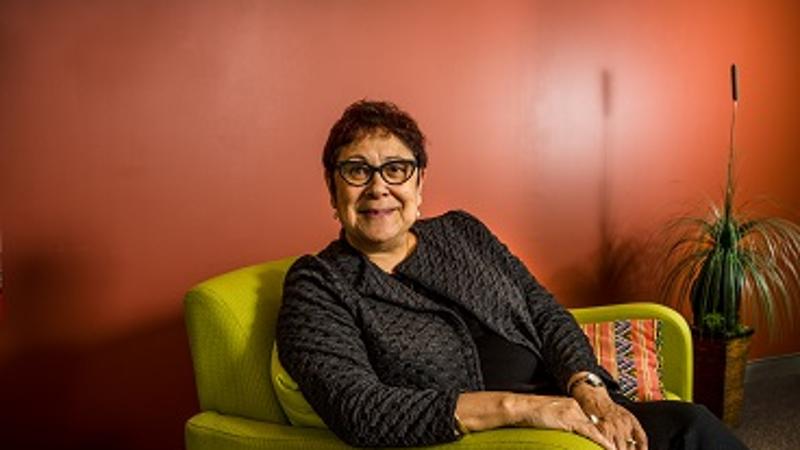
Indigenous researchers, industry partners and stakeholders will gather at QUT in Brisbane tomorrow (March 30) to discuss ways to ‘close the gap’ through increasing research collaborations and building Indigenous research capacity.
Hosted by QUT’s Indigenous Research and Engagement Unit, the event has already attracted more than 70 guests and follows this month’s release of the Universities Australia Indigenous Strategy 2017-2020.
QUT’s leading Indigenous academic, Distinguished Professor Aileen Moreton-Robinson, said the evening aimed to ‘start a conversation’ between potential research partners and stakeholders.
“Increasing research collaborations and building Indigenous research capacity is one of the practical ways to inform policy and enable Indigenous communities to improve their life chances,” Professor Moreton-Robinson said.
She said QUT had taken the lead in meeting ambitious Indigenous tertiary education targets set by the Universities Australia Indigenous Strategy 2017-2020. QUT’s Vice-Chancellor, Professor Peter Coaldrake, holds the Indigenous portfolio within UA and championed the new Indigenous strategy.
“This is the first national strategy of its kind, with QUT and other UA members actively seeking to grow the number of Aboriginal and Torres Strait Islander students enrolled in university by 50 per cent above the growth rate of non-Indigenous students,” Professor Moreton-Robinson said.
“However the numbers of Aboriginal and Torres Strait Islander people undertaking postgraduate study at the Masters and Doctoral level remain very low.
“To build Indigenous research capacity we need to develop better undergraduate enrolment and completion pipelines that can lead into postgraduate study, especially higher degrees by research.
“We also need to build on our industry partnerships and create more research collaborations to provide substantive evidence to inform government policy in closing the gap.”
QUT PhD student Coral Pearce is one of the researchers attending Thursday’s event and has already built a network of collaborators to enable her to investigate culturally-significant grasslands in the Bunya Mountains.
Backed by a Bachelor of Applied Science majoring in ecology, she is a year into a PhD study that is researching and identifying new management strategies to bring back grassland diversity for a wildlife-rich, endangered regional ecosystem in Queensland’s Bunya Mountains.
“The Bunya Mountain ‘balds’ are unique patches of grassland among rainforest and eucalypt forest, believed to be relics from the last ice age that have been maintained through indigenous burn practices for approximately 50, 000 years and hold cultural importance as the site for sacred sites for festivals,” Ms Pearce said.
“Over the last 200 years these grasslands have been reducing in size due to encroachment from woody species as indigenous burn practices weren’t maintained after European settlement, and species invasion and grazing has occurred as forests have encroached.
“The landscape has now changed and an appropriate burning strategy needs to be found so I’m looking at alternative strategies to maintain these culturally and historically significant areas.”
Ms Pearce will attend the QUT Indigenous research event with representatives from the Burnett Mary Regional Group and the Bunya Mountains Murri Rangers who are helping with her research.
Other stakeholders include local farmers, the Bunya community, Queensland National Parks, and local councils.
Media contacts:
- Mechelle McMahon, QUT media officer, media@qut.edu.au
- Rose Trapnell, QUT media team leader, media@qut.edu.au or 0407 585 901


